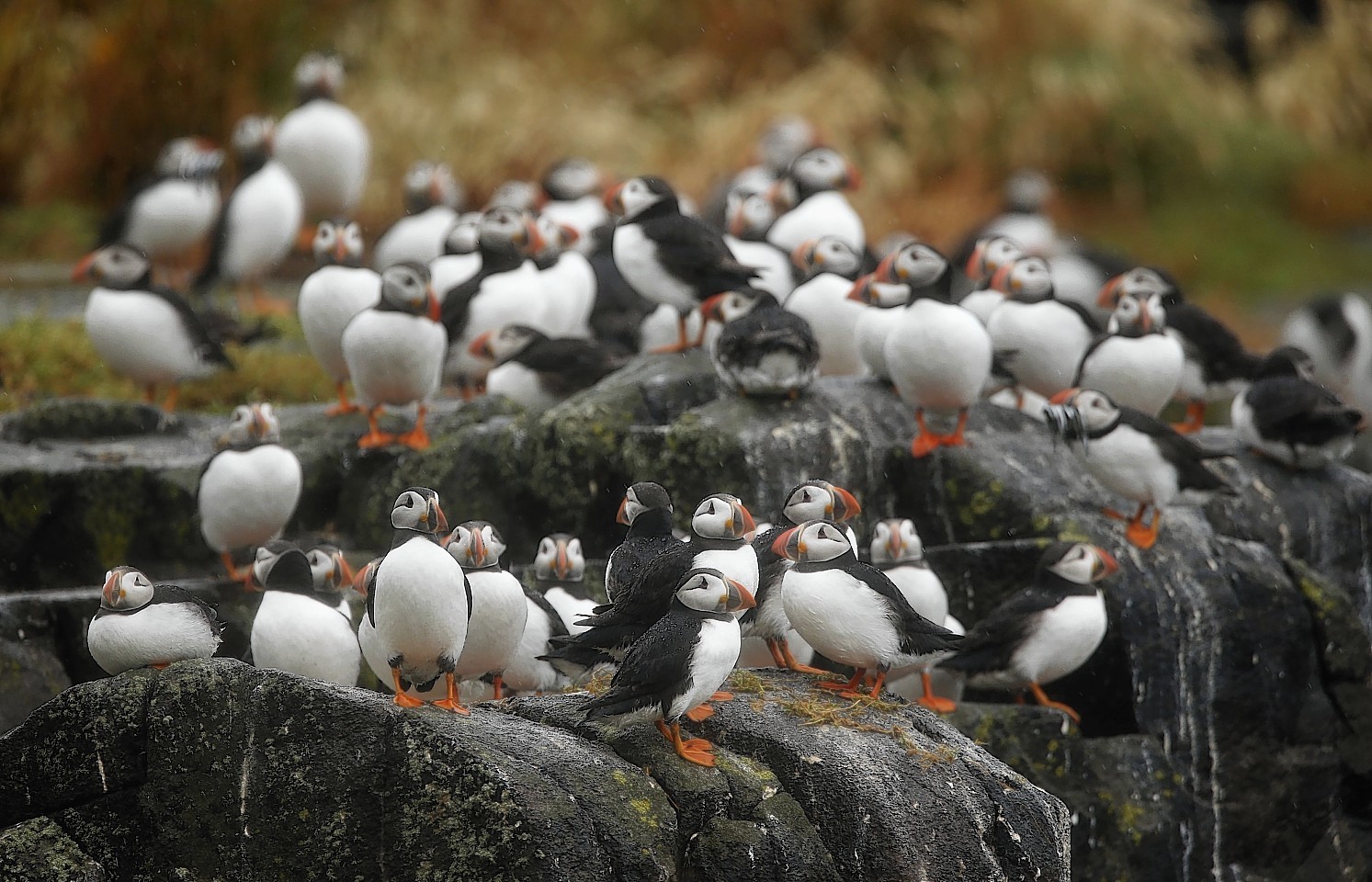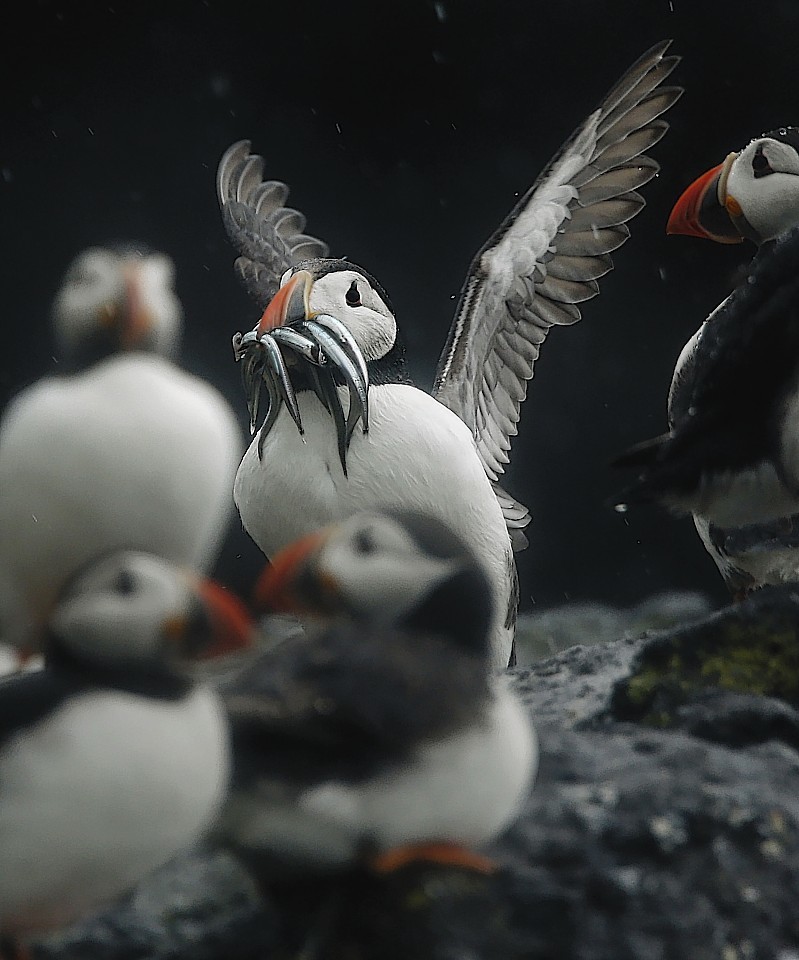Puffin numbers have plummeted at a remote Shetland island.
A long-term study of the important colony on Fair Isle has shown the number of breeding individuals has reduced from about 20,000 in 1986 to 10,000 today.
It is thought the decline is down to the failure of young birds to return to the island to breed.
Will Miles of the Fair Isle Bird Observatory said: “We don’t know exactly why they fail to return to Fair Isle but it may be due to declining local fish stocks and poor feeding conditions for seabirds in Shetland waters.
“It is very difficult to find out exactly what happens to immature puffins after they have fledged because of the vast sea areas and the problems of tracing them within other colonies.”
The study, published by the scientific journal, PLOS ONE, shows that since the 1980s the quantities of fish brought ashore by adult puffins for their chicks declined substantially.
Mr Miles also looked at the possible impact of great skuas on the puffin colony.
The number of the predatory seabirds – also known as “bonxies” – has increased by about 300% on Fair Isle in the same period, to more than 400 breeding pairs in 2014.
Mr Miles said he was surprised to find that, despite this rise, adult puffin survival on the island had remained stable over the 30 years.
“It seems adult puffins on Fair Isle are pretty good at avoiding skuas and do not get heavily predated by them,” he added.
Dr Mark Bolton of the RSPB said: “The UK supports internationally important populations of puffins, which are among our best-loved seabirds.
“While visitors to Fair Isle can still enjoy the spectacle of thousands of birds, the severe decline reported in this study is cause for considerable concern.
“This decline reflects the recent change in the IUCN pan-European conservation status of puffin to ‘endangered’. The work reported in this study is important, because it illustrates the complex interplay among many factors that may contribute to declines of seabirds, and the need for long-term studies to diagnose cause and effect.”
Fair Isle is Britain’s most remote inhabited island and lies between Orkney and Shetland.

